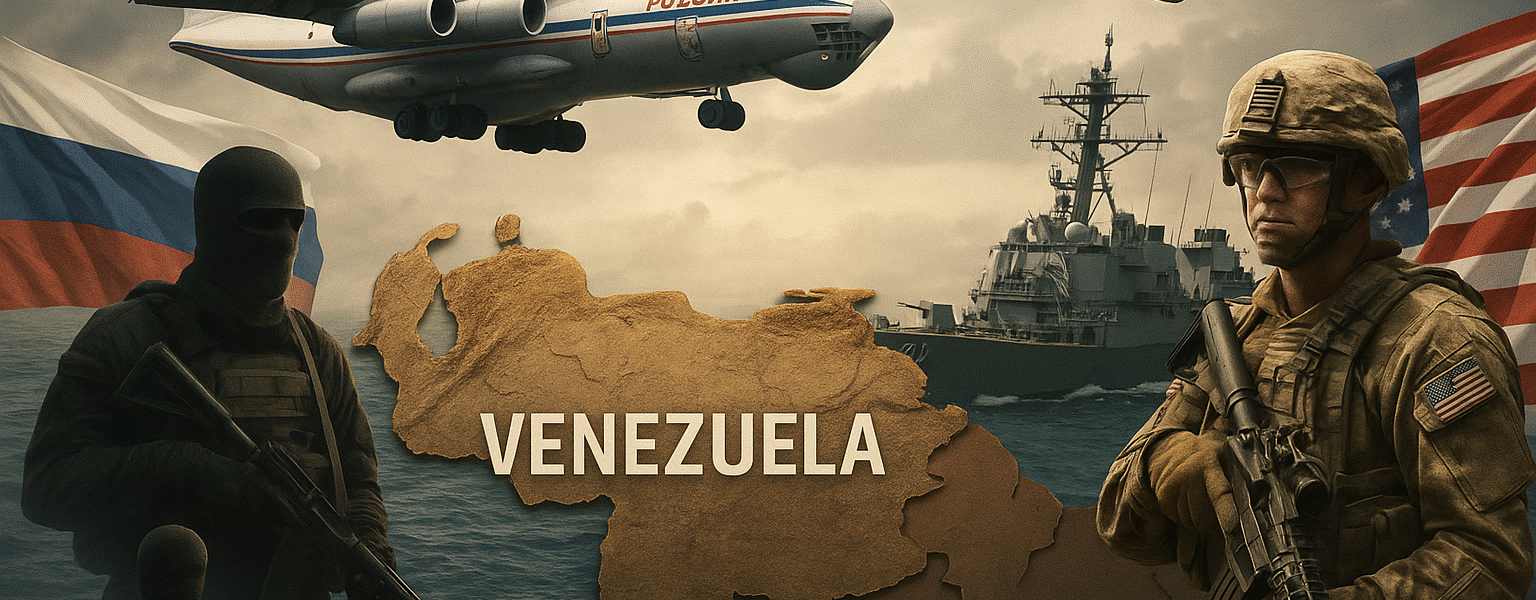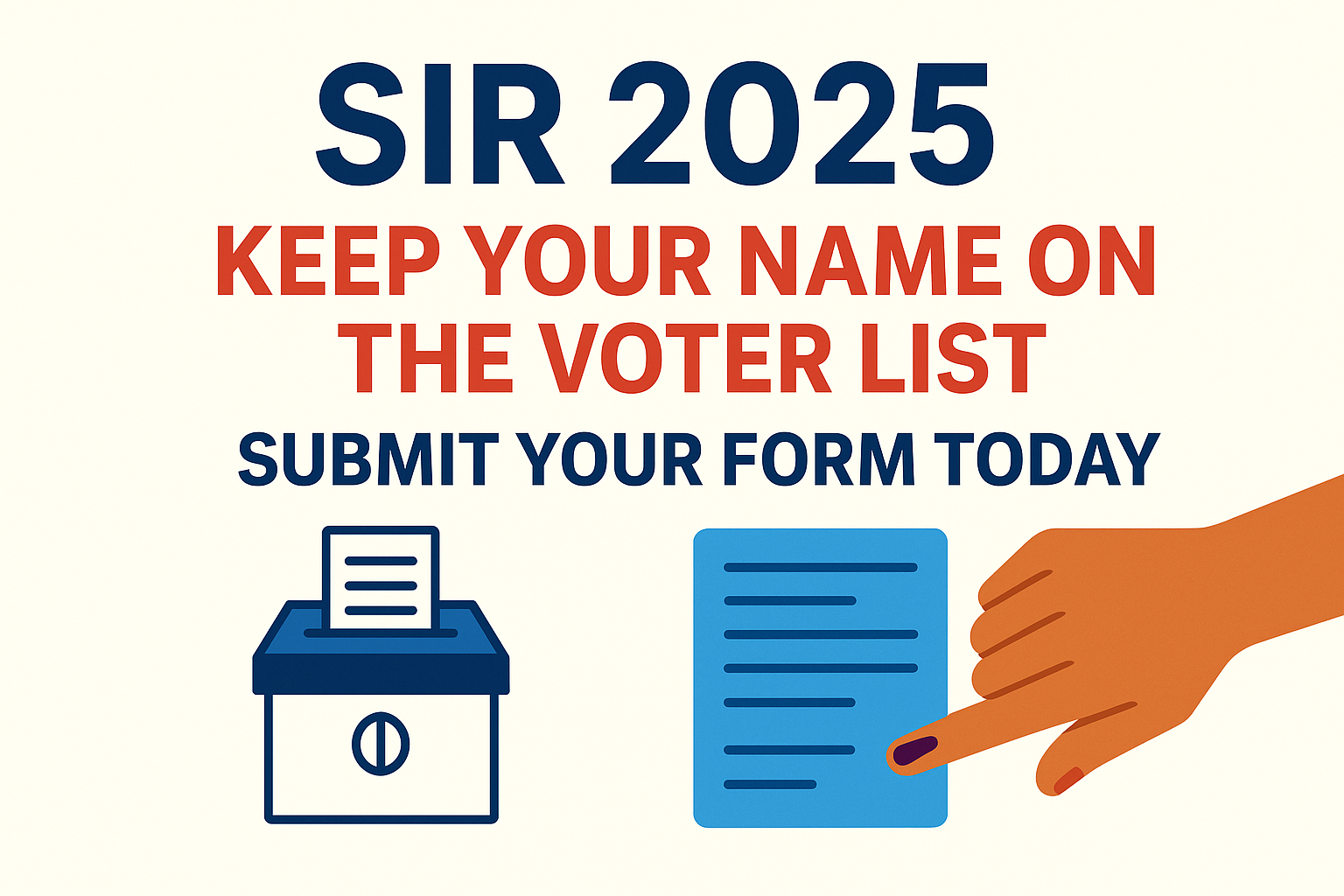Putin Sends Wagner Group to Venezuela: Russia Backs Maduro as Trump Deploys U.S. Forces in the Caribbean
The new fault line in the Americas
A single aircraft’s arrival in Venezuela has sparked what may become a major new front in the global great-power rivalry. A sanctioned Russian heavy transport plane—an Ilyushin Il‑76 that has been linked to Russian military logistics and mercenary operations—landed in the Venezuelan capital of Caracas via a circuitous route, fuelling fears of direct Russian involvement in Latin America even as the Ukraine war still rages.
At the same time, the Donald Trump administration has ramped up U.S. military deployments around Venezuela, drawing criticism that what is billed as a “drug-trafficking interdiction” operation may actually be aimed at regime-change of Nicolás Maduro. The convergence of U.S. and Russian interests in the Western Hemisphere has raised alarms that Latin America could become the next theatre of great-power confrontation.
What we know so far
1. The aircraft and its symbolism
- The Il-76, registered RA-78765, flew from Russia on or around 24 October and landed in Caracas after stop-overs in Armenia, Algeria, Morocco, Senegal and Mauritania.
- It is operated by the Russian cargo firm Aviacon Zitotrans, which is under U.S., Canadian and Ukrainian sanction lists for supplying military gear and for past links with the shadowy Wagner Group mercenary network.
- Analysts estimate the plane could carry up to 50 tons of cargo or around 200 people.
- Media reports the cargo may include air-defence systems, missiles, or spares for Venezuela’s Russian-made jets and radars.
2. Venezuela’s plea and Russia’s strategic pivot
- According to U.S. government documents, Maduro’s government sent a letter to Vladimir Putin requesting missiles, radar upgrades, aircraft repairs and a three-year financing deal via Russia’s state defence firm Rostec.
- The same documents show that Venezuela also approached China and Iran for drones (with ~1,000 km range) and GPS-jammers.
- Moscow and Caracas recently ratified a strategic-partnership treaty (signed earlier this year) that expands cooperation in energy, mining and defence.
3. U.S. military posture: the counter-move
- U.S. forces have deployed significant assets to the Caribbean: warships (including what is reported as a carrier strike group), F-35 jets, special forces and approximately 10,000 troops (as claimed by some sources) under the banner of anti-narcotic operations.
- Since September, the U.S. has reportedly carried out over a dozen strikes on vessels it identifies as drug boats in the Caribbean and Pacific — some of which Venezuela and allied states question for legality and transparency.
- Trump’s positioning has shifted: from previously highlighting peace deals to now publicly threatening “direct action” in Venezuela and allowing covert operations (via the CIA) against Maduro’s regime.
Why this matters: Geopolitical stakes in Latin America
Backyard engagement: For the U.S., Latin America has long been considered its strategic “backyard”. A Russian military footprint in Venezuela signals Moscow’s ambition to project power far from Europe and even challenge U.S. influence at its doorstep.
Diversion of attention: Some analysts suggest Moscow’s presence in the Caribbean serves a dual purpose: while Russia struggles in Ukraine, this new front forces the U.S. to split focus. “Our renewed interest in all things Western Hemisphere divides our attention on Ukraine – and that’s a good thing for Putin,” says former U.S. ambassador James Story.
Energy and sanctions theatre: Venezuela is rich in oil and gas reserves; Russia has invested in Venezuelan energy fields and has joint ventures tied up with Caracas. The strategic alignment may help Moscow soften the impact of Western sanctions by leveraging Latin American partnerships.
Regional domino effect: A military confrontation here could destabilise neighbouring countries (e.g., Colombia, Trinidad & Tobago) and revive Cold-War style blocs in Latin America. Shared borders, migration flows, drug routes and maritime security all converge in this zone.
Governance vs. intervention dynamic: While the U.S. justifies its actions as dismantling narcotics routes, critics argue that the scale and secrecy suggest a motive to remove Maduro and reinstall a U.S.-friendly regime. Meanwhile, Russia’s involvement helps the Venezuelan regime bolster defence credibility — but also deepens its dependence on foreign patrons.
Key uncertainties & risks ahead
- How deep will Russia commit? Moscow’s resources are stretched due to Ukraine. Some analysts believe Russia may provide symbolic support, but true large-scale involvement remains uncertain.
- Will mercenaries be deployed? While earlier deployments of Wagner-linked contractors in Venezuela have been documented, there is no official confirmation of the group’s direct return.
- Trigger for U.S. intervention? The U.S. may act only if a direct threat is perceived to its vessels or bases; however, miscalculation or a false-flag could accelerate confrontation.
- Coalition weaknesses: Latin American partners may balk at being drawn into U.S.–Russia polarity; for example, Venezuela’s neighbours have already raised sovereignty concerns.
Investigative implications
- Flight-tracking data shows the Russian Il-76 used unusual stops through Africa before arriving in Caracas — likely to avoid Western scrutiny.
- The operator firm Aviacon Zitotrans has prior sanctions relating to transporting defence cargo and men for Russian operations.
- Internal U.S. intelligence described Maduro’s ask for missiles and radars in a letter to Putin as “urgent” amid escalating U.S. naval deployments.
What to watch in the coming days
- Any additional flights or equipment deliveries going into Venezuela from Russia or other allied states (China/Iran) will signal escalation.
- Changes in U.S. rules of engagement in the Caribbean: greater autonomy for special forces, or carrier strike operations near Venezuelan waters.
- Regional diplomatic shifts: will Colombia, Brazil or other countries publicly align with U.S. or Russian positions?
- A proxy confrontation: drug-trafficking claims may be used as a cover for larger military moves; thus the legitimacy and documentation of U.S. strikes will be important.
- Domestic politics in Venezuela: Maduro may use the Russian backing to tighten internal control — or conversely, a backlash could drive internal collapse requiring external rescue (which Russia might facilitate).
Bottom line
What began as covert logistics has visibly transformed into a geostrategic standoff in Latin America. The arrival of the Russian IL-76 in Caracas is more than a plane: it’s a symbol. A symbol that in the current global order, the U.S. is no longer the uncontested hegemon in its hemisphere, and Russia is willing to challenge it on its home turf.
As Trump moves from peace-broker to war-drum-beater, and Putin opts for global diversification of conflict zones, Venezuela looks increasingly like a new epicentre of modern great-power competition. For countries caught in between — and for citizens watching from below — the question is not just who wins, but whether Latin America becomes the casualty of someone else’s war.
Putin sends Wagner Group to Venezuela, Russia Venezuela military plane, Trump Venezuela conflict, U.S. troops Caribbean, Maduro Russia alliance, Russian cargo plane Caracas, Venezuela crisis 2025, U.S. regime change Venezuela, Wagner in Latin America, Putin Trump Venezuela standoff
#Putin #WagnerGroup #VenezuelaCrisis #Maduro #RussiaVenezuela #Trump #USMilitary #Geopolitics #LatinAmerica #Caracas #ColdWar2
Discover more from
Subscribe to get the latest posts sent to your email.








1 COMMENTS